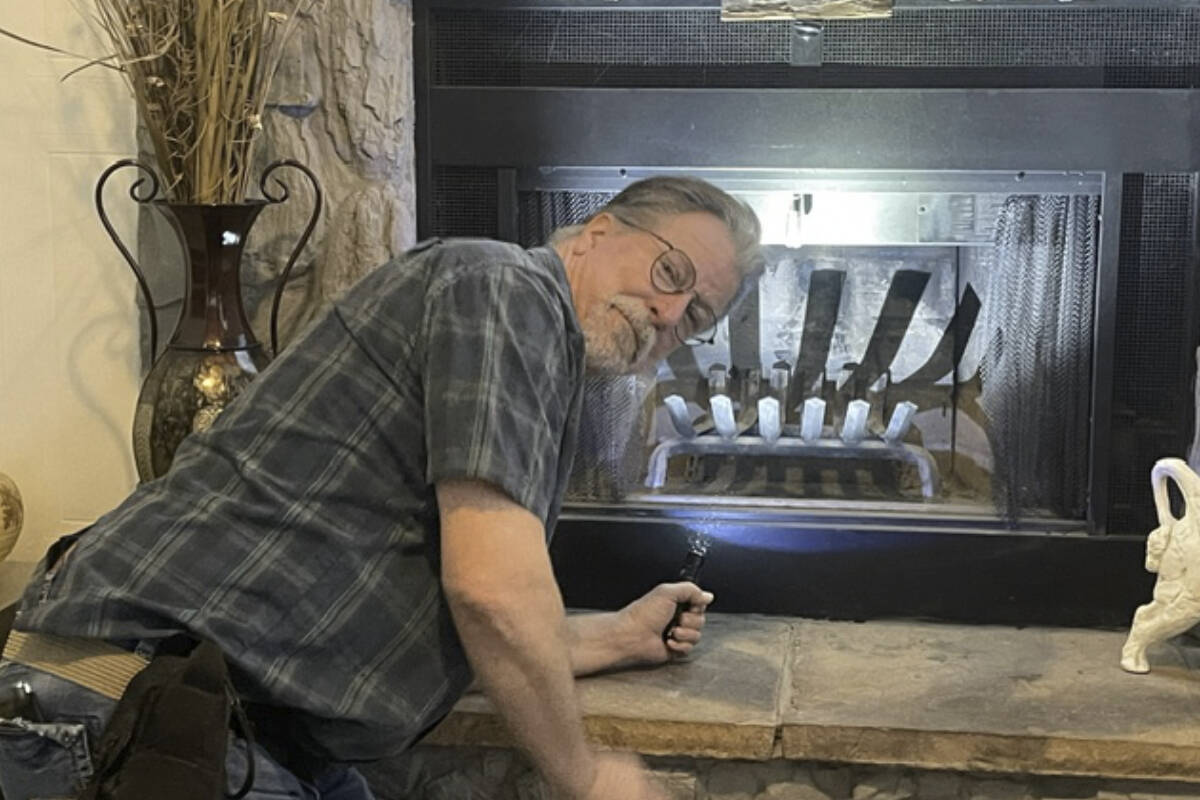10 ways to ensure your home is in good shape post-thaw

Heading into spring, Ron McDougall, shares his 17 years of house inspection experience to keep your home in tip top shape. Heading into spring, Ron McDougall, shares his 17 years of house inspection experience to keep your home in tip top shape.
With spring upon us and the Easter long-weekend approaching, it’s an ideal time for essential spring cleaning and home maintenance, especially for older homes here in Central Alberta.
To ensure your home is in good shape after the winter thaw, Lacombe County’s house doctor, Ron McDougall, shares his 17 years of house inspection expertise – including a 10-item cheat sheet of best practices to figure out what, if anything, you’ll need to fix.
Exterior inspection checklist & tips
- Inspect the roof – Winter conditions can pose a threat to your roof. Begin with a visual examination to identify necessary repairs. Search for missing shingles, leaks, rust and snow or ice damage. Promptly fix any issues to prevent further damage. Seek professional assistance for extensive damage assessment and repairs.
- Clean out the gutters and downspouts – Following the winter thaw, clear debris from gutters and downspouts to prevent water damage. Blocked gutters can damage eavestroughs and lead to wood trim rot.
- Examine the foundation – Thoroughly inspect the foundation for cracks and seal them. Ensure soil around the house slopes away from the foundation 1/4 inch per foot for 6 feet wherever possible to prevent water intrusion. Keep plant vegetation away from the foundation to avoid root and water issues during spring gardening.
- Test sprinklers and irrigation systems – Months of frozen soil can impact your sprinkler and irrigation setups. Test these systems to ensure proper functionality. Promptly replace any damaged sprinkler heads while preparing for spring to prevent further system deterioration and potential damage.
- Repair the deck and reseal woodwork – Extensive snow build up can harm exterior wooden surfaces like decks and trim. Inspect for discolouration, water stains or warping. Reseal as needed. Secure loose nails or boards and reinforce railings and steps. Replace rotting boards damaged by winter moisture and cold to maintain structural integrity.
Interior inspection checklist & tips
- Check the attic – Inspect the attic for leaks and signs of mice or invasive insects. Ensure insulation is intact and check for mould or water damage.
- Look for leaky pipes and mould – A frozen or leaking pipe can cause home flooding and water damage. Examine connections under kitchen and bathroom sinks, sealing any gaps. Inspect the dishwasher and washing machine for moisture and secure hoses showing bulges or cracks.
- Check on the furnace – Your furnace has been working nonstop for months on end. As a homeowner it’s in your best interest to clean or replace your furnace filter system, blower and motor.
- Test carbon monoxide and smoke detectors – Check smoke and carbon monoxide detectors, replacing batteries as needed. Install a smoke alarm on each level of your home, including the basement, for maximum safety.
- Clean dryer vents – Ensure dryer vents are clean and well-connected to reduce fire risks. Check both the dryer’s connection point and the exterior vent. Clean the exhaust duct and space beneath the dryer for optimal safety.
To learn how you can stay on top of your property’s quality condition visit lanron.ca, or call 403-870-3081 to see how your property is faring post winter thaw.
